Category: 20th Century History
-
Nazis and Latter-day Saints
I’ve seen that the Church sometimes gets a bad reputation for how it navigated Nazi Germany in the 1930s and 1940s. One thing that tends to get overlooked, however, was the amount of pressure the Church felt from the Nazi regime. In a recent interview at the Latter-day Saint history blog, Stephen O. Smoot discussed…
-
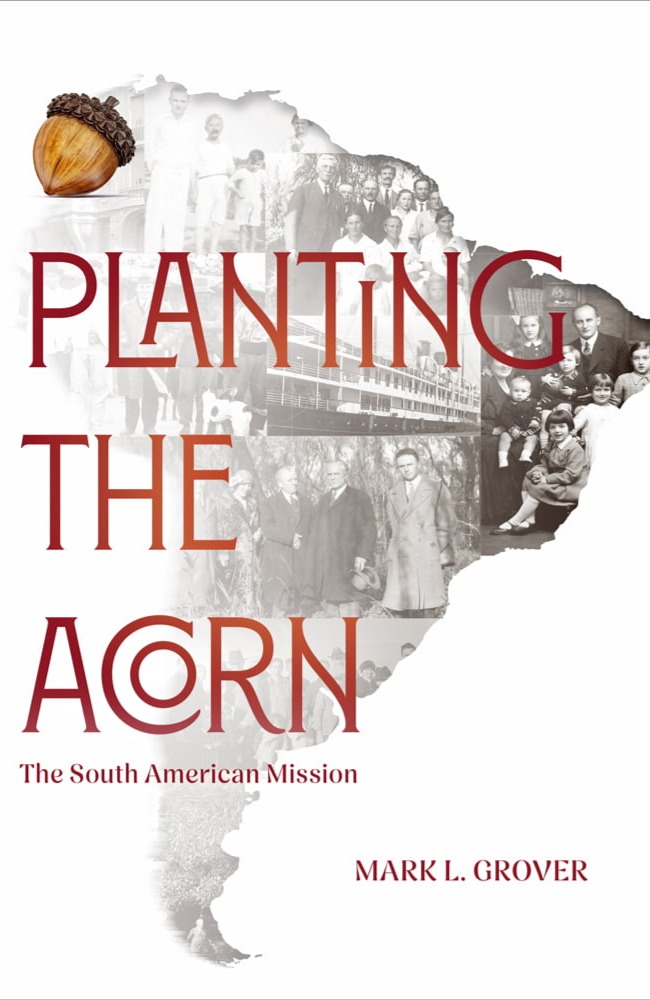
Planting the Acorn: A Review
One hundred years ago this December, a group of three general authorities dedicated South America for the preaching of the gospel while establishing a mission in Buenos Aires, Argentina. Given that this year is the centennial anniversary, there are a few ways in which the Church has been celebrating, such as the repeated visits by…
-
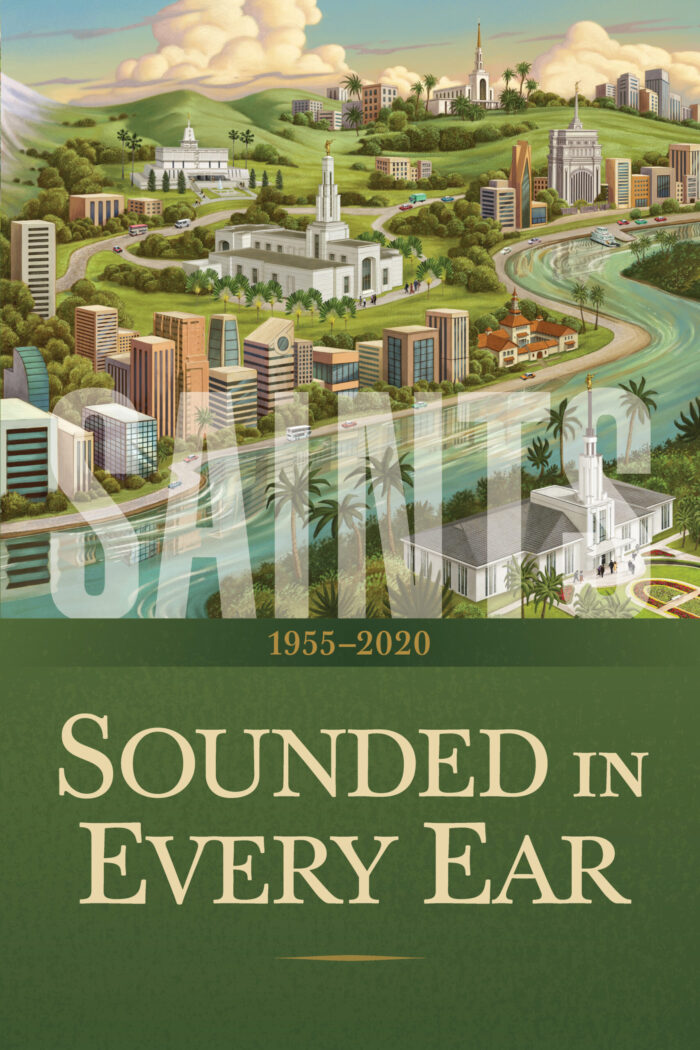
Saints, Volume 4: A Review
The fourth and final volume of Saints: The Story of the Church of Jesus Christ in the Latter Days was published today. This newest book, Sounded in Every Ear, tells the story of the Latter-day Saints from 1955 to 2020, bringing the history up nearly to the present day. It discusses an era in which…
-
Baseball Baptisms and the British Mission
Missionary service is a time of growth and an opportunity to serve, but it can also be a source of extreme pressures and stress for missionaries that manifests in different ways. One of the more famous examples came in the 1950s in the British Isles, where pressure from a mission president led to people taking…
-
On Marion D. Hanks
Marion D. Hanks is one of the most influential general authorities who never served in the Quorum of the Twelve or First Presidency. Today he is best known for his hymn, “That Easter Morn”, his advocating for Christlike service, and the support he lent to Black members of the Church in the years leading up…
-
Review: Bruce R. McConkie: Apostle and Polemicist, 1915–1985
Bruce R. McConkie: Apostle and Polemicist, 1915–1985 by Devery S. Anderson is the latest entry in Signature Books’ Brief Mormon Lives project. As has been the case with other books in the series, this one is a short biography of an individual of note in The Church of Jesus Christ of Latter-day Saints and is…
-
An Abbreviated Journal of Discourses
While Bruce R. McConkie’s controversial Mormon Doctrine is famous in Latter-day Saint circles, it wasn’t his first controversial project. Prior to that time, he worked on preparing a “best-of” collection from the Journal of Discourses that was known as Sound Doctrine. The project was close to publication when the First Presidency intervened and shut it…
-
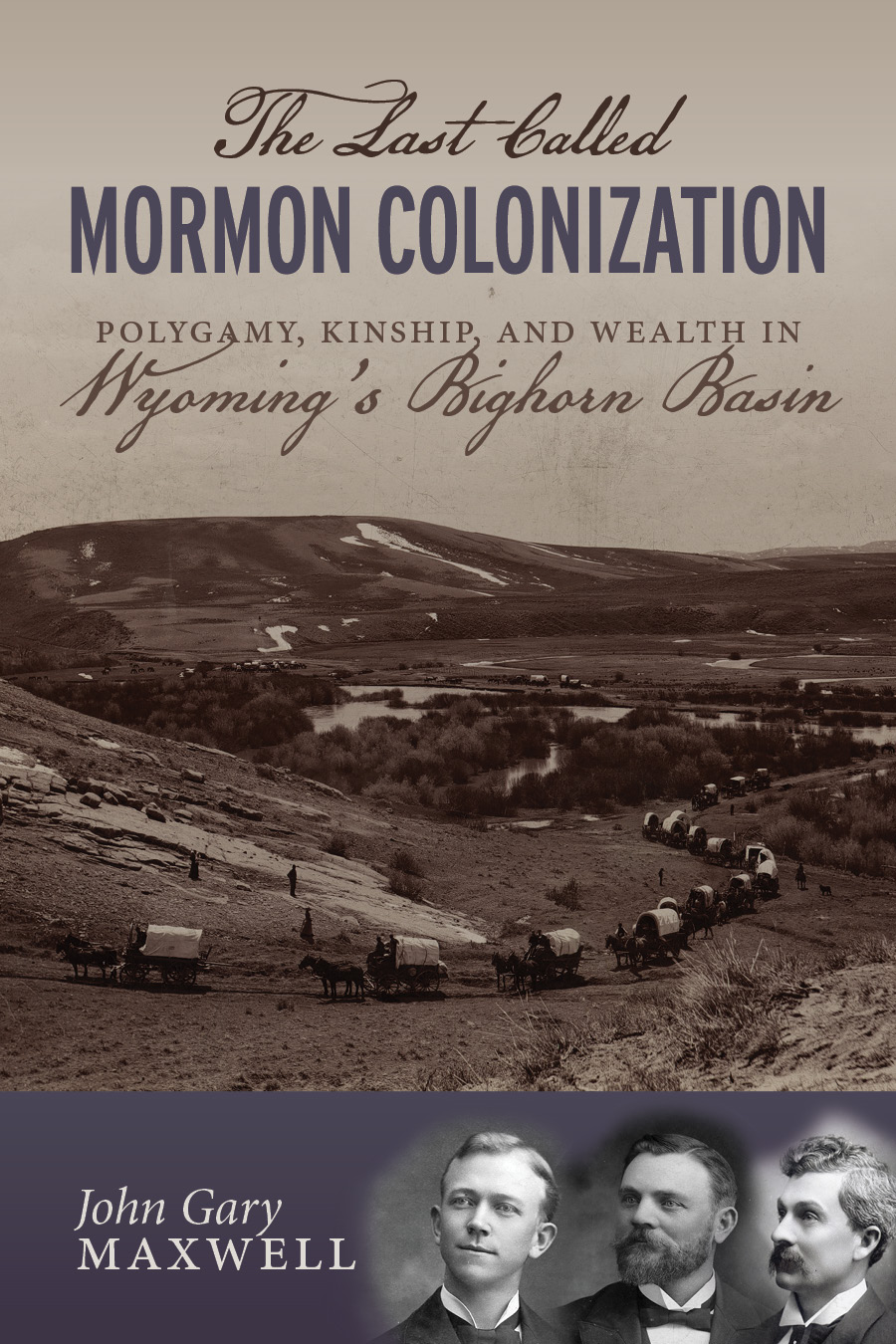
A Review: The Last Called Mormon Colonization
Growing up in Utah, I heard many pioneer stories about my ancestors and their colleagues who traveled west to settle the Intermountain West region. I found, however, that many of the stories focused on the journey itself rather than the years that followed as they established settlements and survived in an arid region. The latter…
-
The Latter-day Saint Chicago Experiment
The Chicago Experiment was an effort to train some of the best teachers in the Church to the academic standards of Biblical Studies applied elsewhere in Western Civilization during the 1930s. The results were mixed, with some of the scholars going on to improve the Church Education System, while others struggled to reconcile what they…
-
Joseph Spencer on Bruce R. McConkie’s Legacy
Long-time followers of my blog posts (if any exist) are likely aware that I have a complicated relationship with Elder Bruce R. McConkie. He was hugely influential to me in my teenage years and early twenties before my own views of Latter-day Saint theology began to conflict with his in a few very notable ways.…
-
Joseph White Musser
Mormon Fundamentalism is a well known collective term for groups of Latter-day Saints who attempt to replicate the doctrines and practices of The Church of Jesus Christ of Latter-day Saints in the 1840 – 1890 era, most notably plural marriage. Less well-known, perhaps, are the figures who initially organized and developed the Fundamentalist Mormon movement,…
-
Diné Latter-day Saints
One often-overlooked aspect of The Church of Jesus Christ of Latter-day Saints is the interactions of the institution with the Diné (Navajo) peoples in the western United States. In a recent interview at the Latter-day Saint history blog From the Desk, Farina King (an expert in colonial and post-colonial Indigenous studies) discussed some of the…
-
On John A. Widtsoe
John A. Widtsoe was an influential apostle and theologian in the Church who came from a scientific background. In a recent interview at the Latter-day Saint history blog From the Desk, biographer Thomas G. Alexander discussed the life and contributions of this apostle-scientist. What follows here is a co-post to the full interview.
-
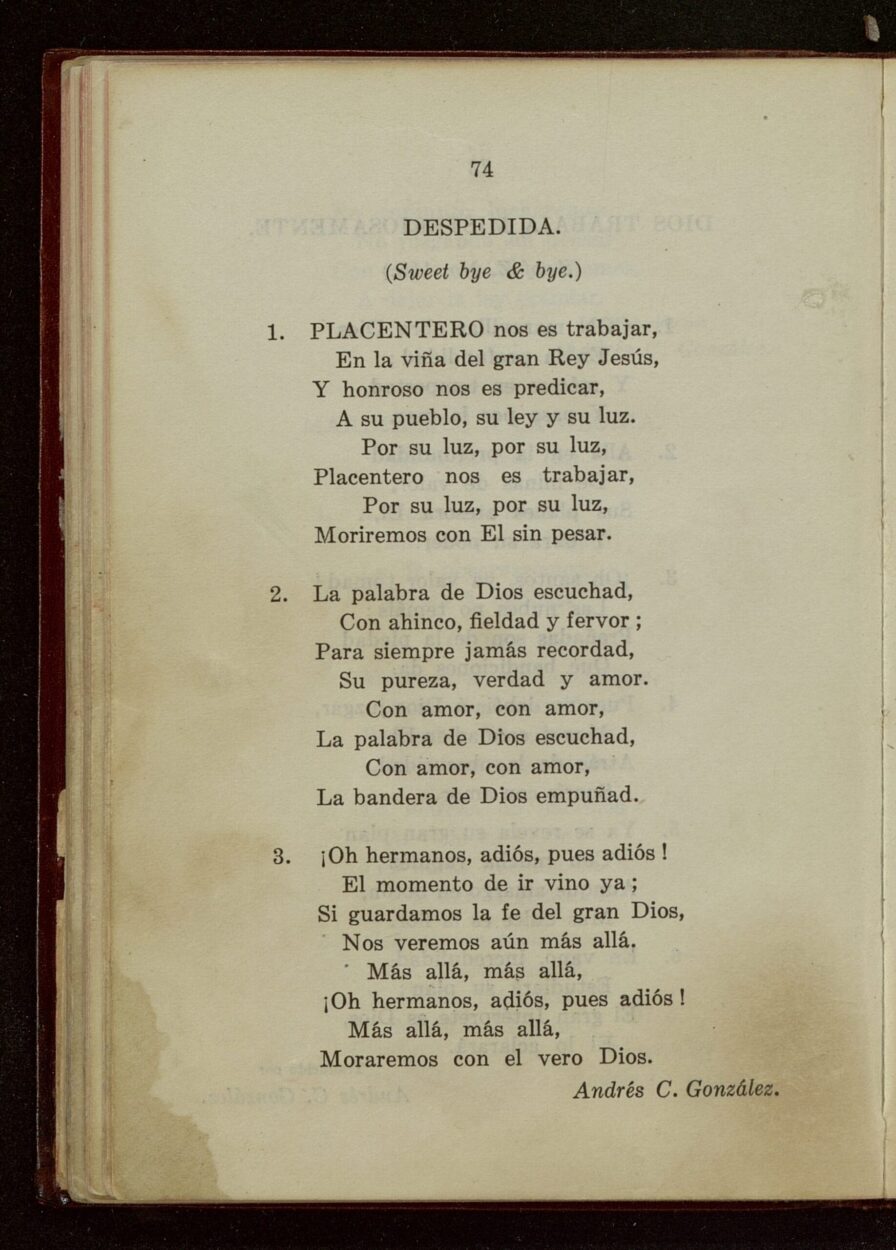
“Placentero nos es trabajar”
“Placentero nos es trabajar” or “Despedida” is one of the more popular hymns that is included in Latter-day Saint hymn books, written by a Latter-day Saint, but not in the English hymnal at this time. Hence, I’ve been consistent in pointing it out as a likely candidate for inclusion in the forthcoming hymnal. While I’ve…
-
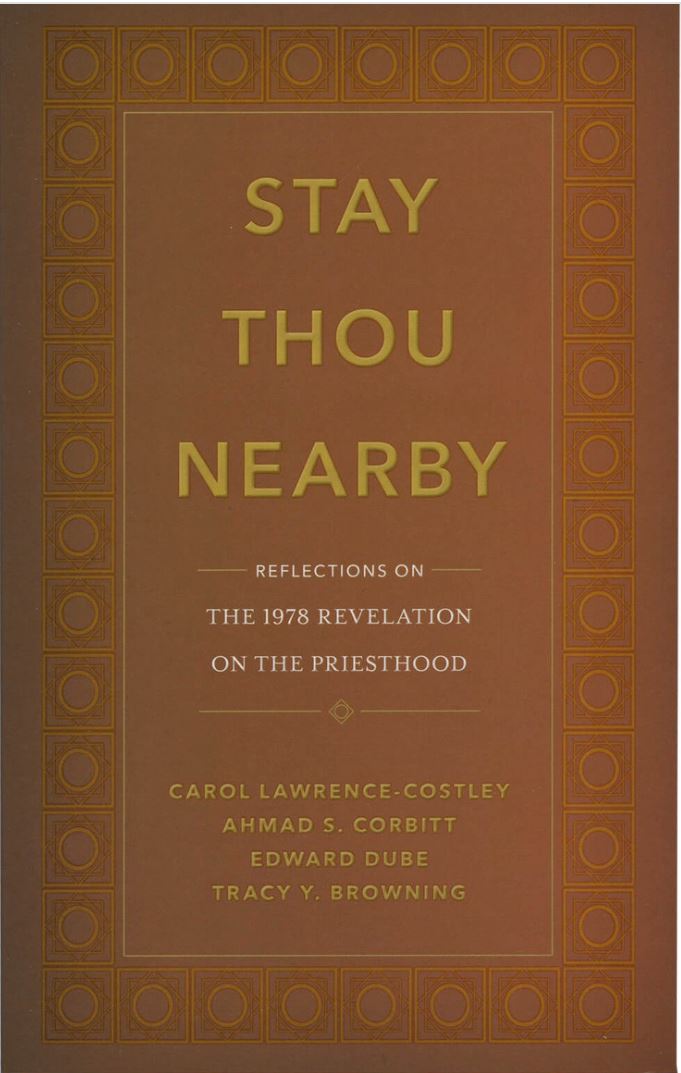
Stay Thou Nearby: A Review
The 1852–1978 priesthood and temple ban on Blacks in The Church of Jesus Christ of Latter-day Saints is a bitter pill to swallow, especially for those affected most directly by it. I have been grateful, however, for efforts in the Church to address the issue more openly in recent years, including several publications from Deseret…
-
Lowell L. Bennion: A Mormon Educator, a Review
I have to say that I’m a fan of the trend towards short, accessible biographies of notable figures in Latter-day Saint history. Between University of Illinois Press’s “Introductions to Mormon Thought” series and Signature Books’s “Brief Biography,” there is a lot of excellent work being published. One of the most recent, Lowell L. Bennion: A…
-
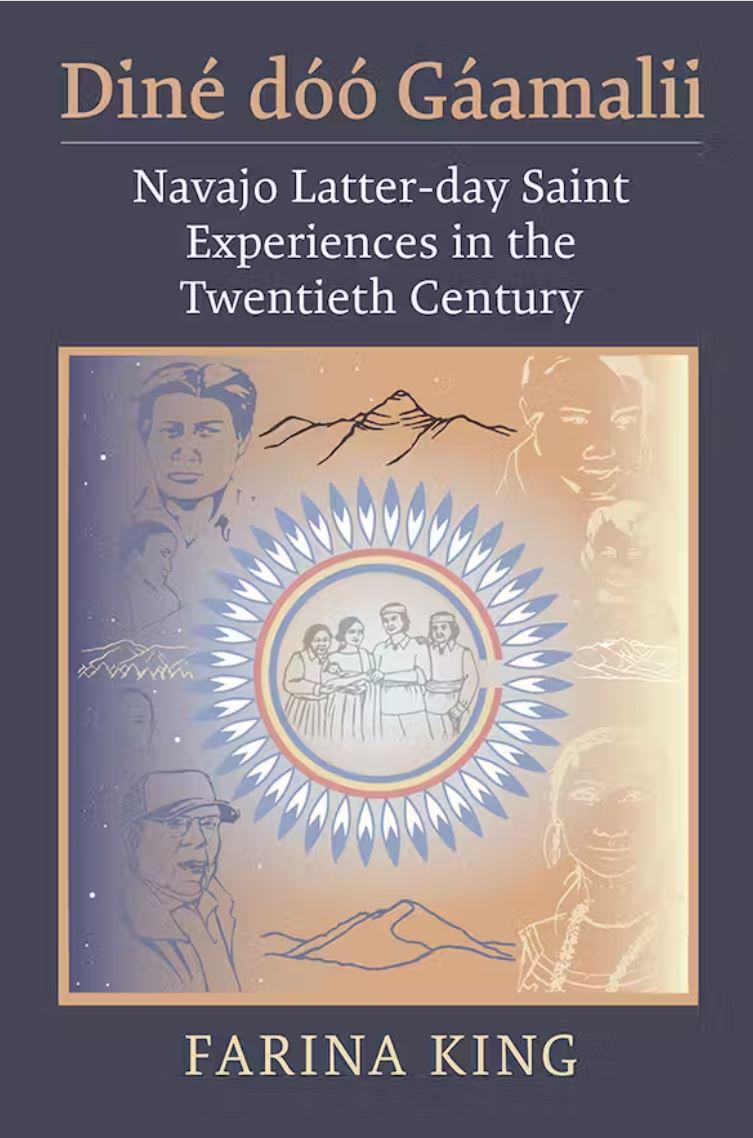
Diné dóó Gáamalii: Navajo Latter-day Saint Experiences in the Twentieth Century: A Review
Alicia Harris—an Assistant Professor of Native American Art History at the University of Oklahoma—wrote that “If the LDS Church really can work for all peoples, we need to more attentively listen, hear, and be represented by a much greater variety of voices. We must more actively prepare a place for dual identities to be touched…
-
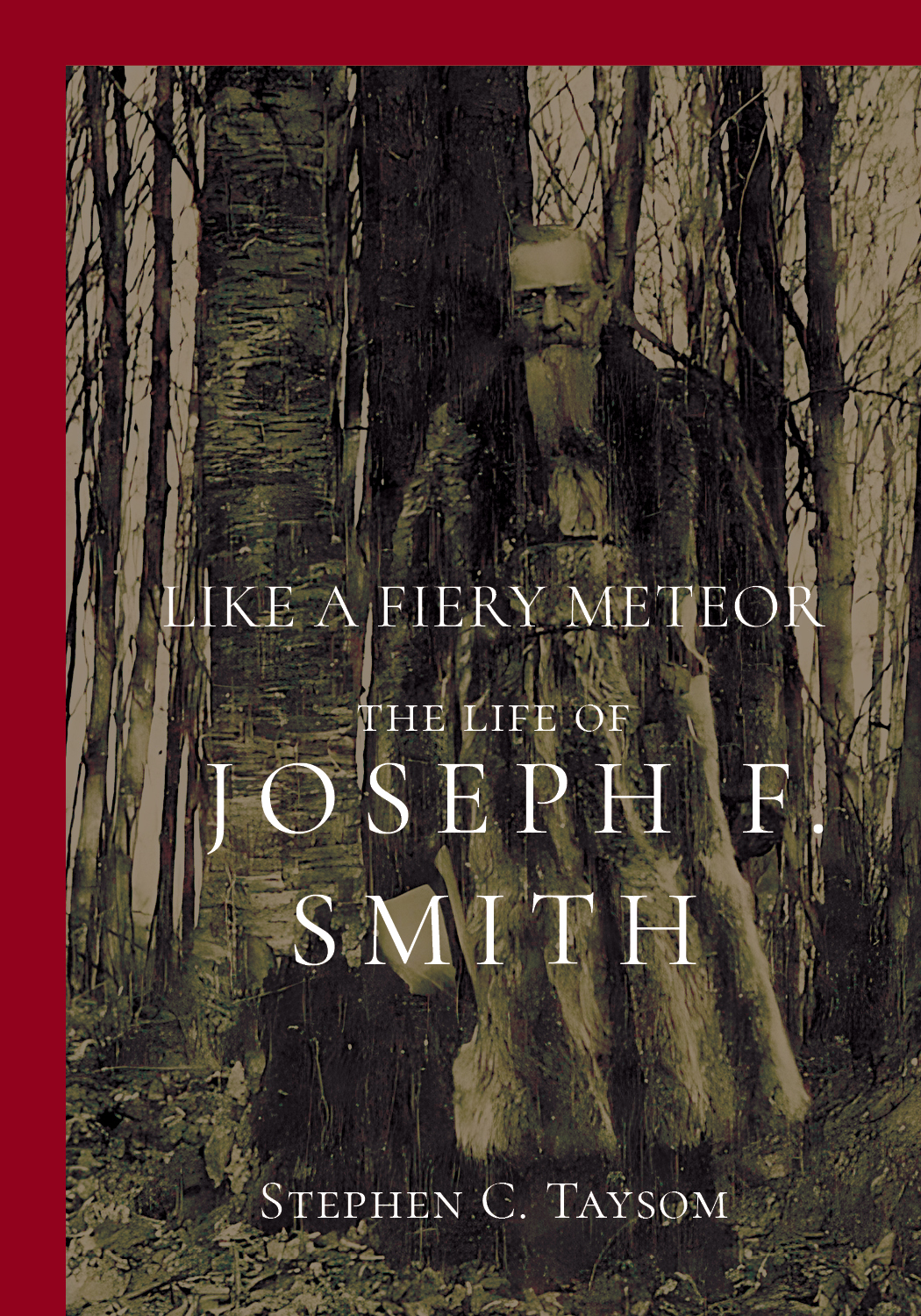
Like a Fiery Meteor: The Life of Joseph F. Smith: A Review
Joseph F. Smith (1838–1917) is a towering figure in Latter-day Saint history, so I have waited and hoped for an academically rigorous biography about him for years. Stephen C Taysom delivered on that hope this year in Like a Fiery Meteor: The Life of Joseph F. Smith.
-

Waiting for Saints, Volume 4
Saints, Volume 3 came out on April 22, 2022. Given the estimated biannual cadence of releases for the series, we are likely to see Saints, Volume 4: Sounded in Every Ear come out sometime next year. Now, I hope by now that it’s clear that I am a fan of the series and when we…
-
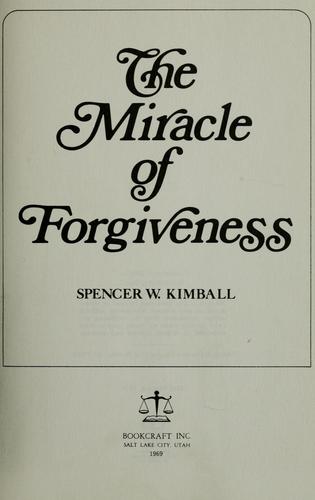
The Miracle of Forgiveness: Experiences from President Kimball’s Journal
Journal text selected by Dennis B. Horne. Some liberal dissidents of that day and this take issue with Elder Kimball’s book The Miracle of Forgiveness, thinking Elder Kimball to have been too hard and harsh on those who indulge in sin and won’t repent. For this reason I have included many diary entries documenting his…
-
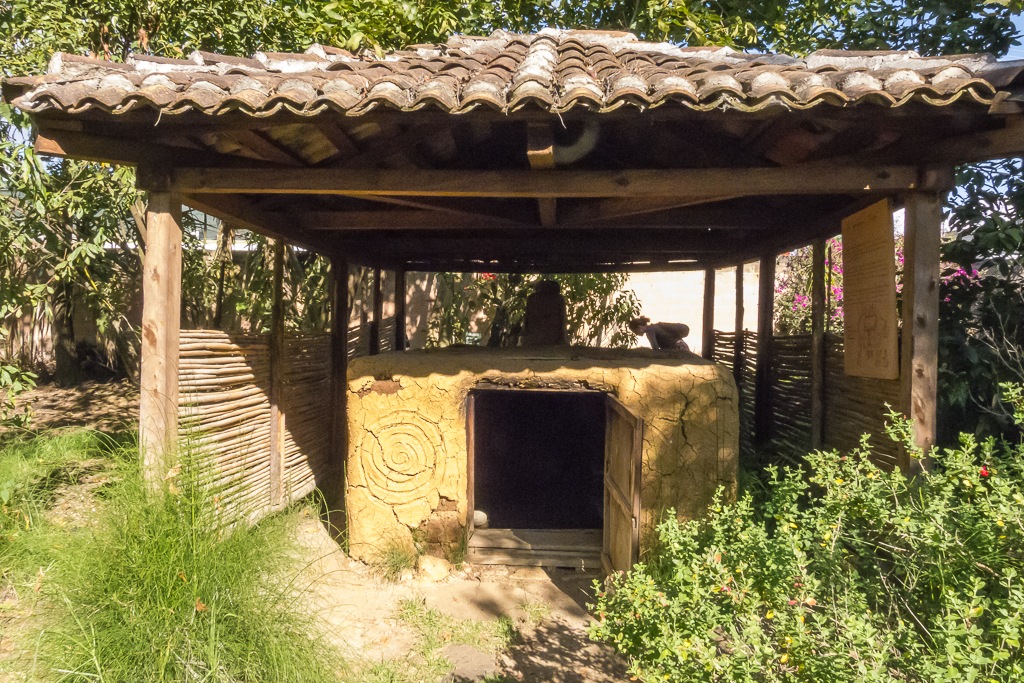
Mormonism in Mexico, Part 21: Maya
As the Church became strongly established in Mexico, it spread from the historic epicenters in Mexico City and the northern colonies to reach across the full country—including among the Maya peoples of southern Mexico.
-
Counseling Experiences from President Kimball’s Journal: 1971 – 1974
Journal text selected by Dennis B. Horne. Much of Spencer W. Kimball’s Apostolic ministry was devoted to working with and counseling members of The Church of Jesus Christ of Latter-day Saints that had committed “moral” sins.
-
Counseling Experiences from President Kimball’s Journal: 1966 – 1970
Journal text selected by Dennis B. Horne. Much of Spencer W. Kimball’s Apostolic ministry was devoted to working with and counseling members of The Church of Jesus Christ of Latter-day Saints that had committed “moral” sins.
-
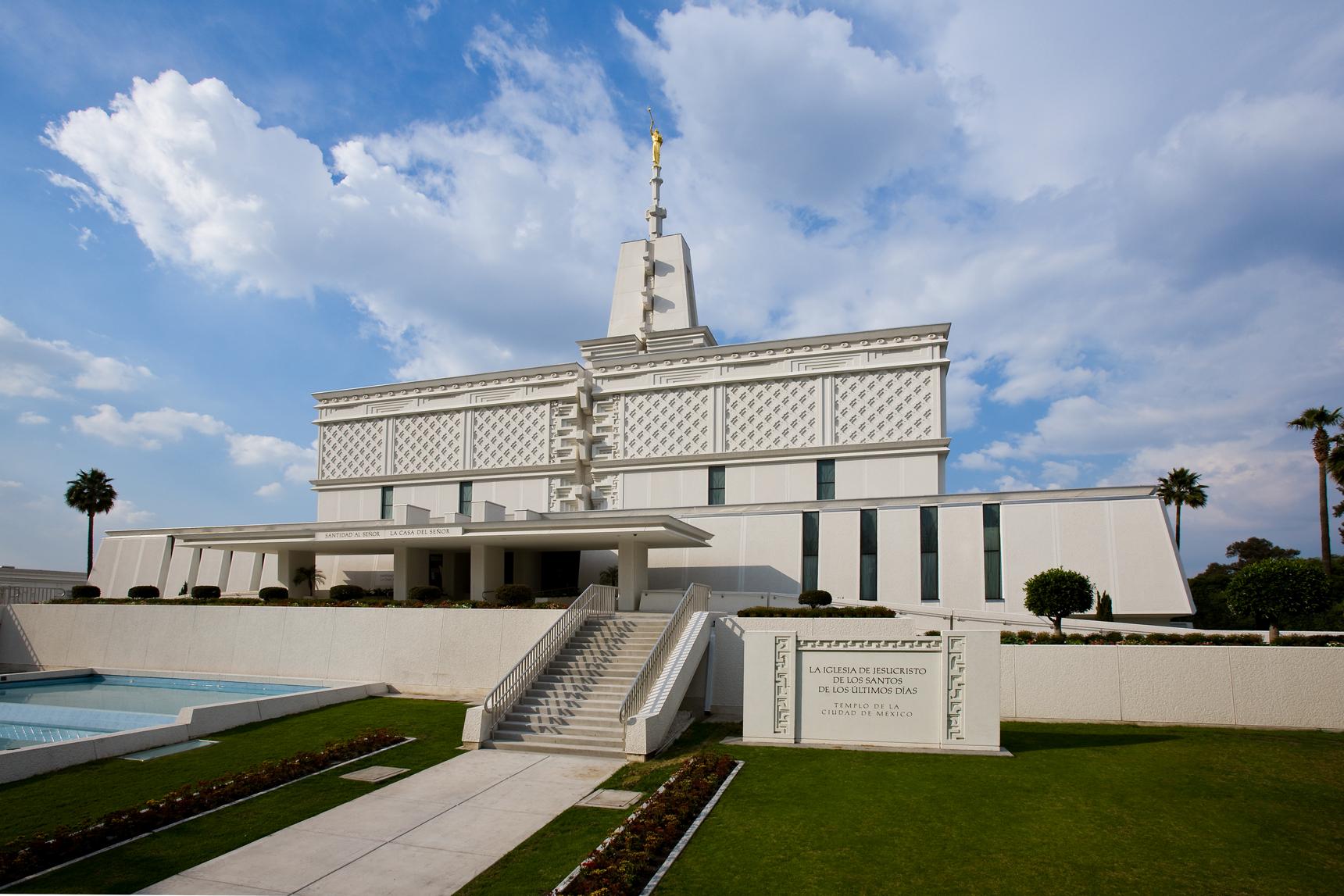
Mormonism in Mexico, Part 20: Stakes and Temples
The Third Convention was reunited to The Church of Jesus Christ of Latter-day Saints in part due to the observation that stakes with local leadership and local temples would come only as the schism healed and the Church continued to become stronger in Mexico. It took some time, but stakes and temples did come.
-
Counseling Experiences from President Kimball’s Journal: 1960 – 1965
Journal text selected by Dennis B. Horne. Much of Spencer W. Kimball’s Apostolic ministry was devoted to working with and counseling members of The Church of Jesus Christ of Latter-day Saints that had committed “moral” sins.
-
Counseling Experiences from President Kimball’s Journal: 1943 – 1959
Journal text selected by Dennis B. Horne. Much of Spencer W. Kimball’s Apostolic ministry was devoted to working with and counseling members of The Church of Jesus Christ of Latter-day Saints that had committed “moral” sins.
-
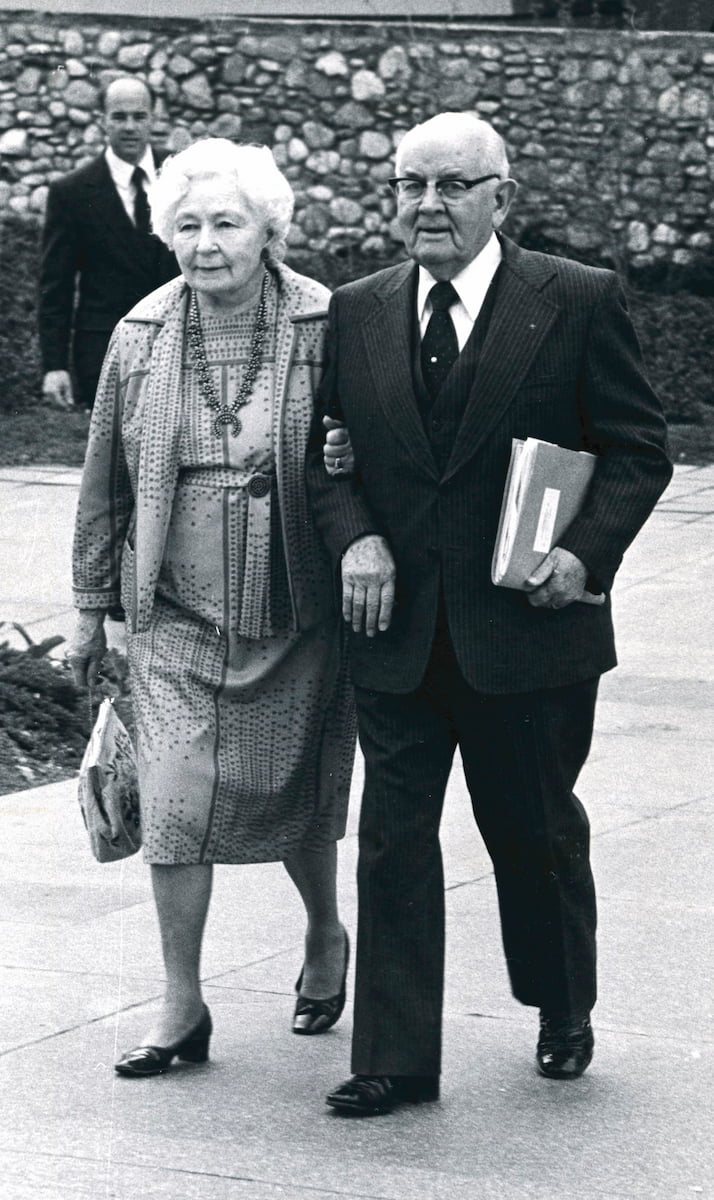
Memories: Inspirational Excerpts from The Journal of President Spencer W. Kimball
Compiled by Dennis B. Horne Editorial note: the below excerpts from President Kimball’s journal were selected because I find them to be extra uplifting and edifying, or otherwise special in some way. I did not include a date with them because when I encountered and chose them I was interested in precious spiritual experience and…
-
Lowell Bennion
The Church of Jesus Christ of Latter-day Saints saw a group of highly-impactful university professors during the 20th century who helped to shape Latter-day Saint thought. For many, Hugh Nibley, Truman Madsen, Eugene England are a well-known part of their experience with the Church. Another figure that deserves to be remembered in that group is…
-
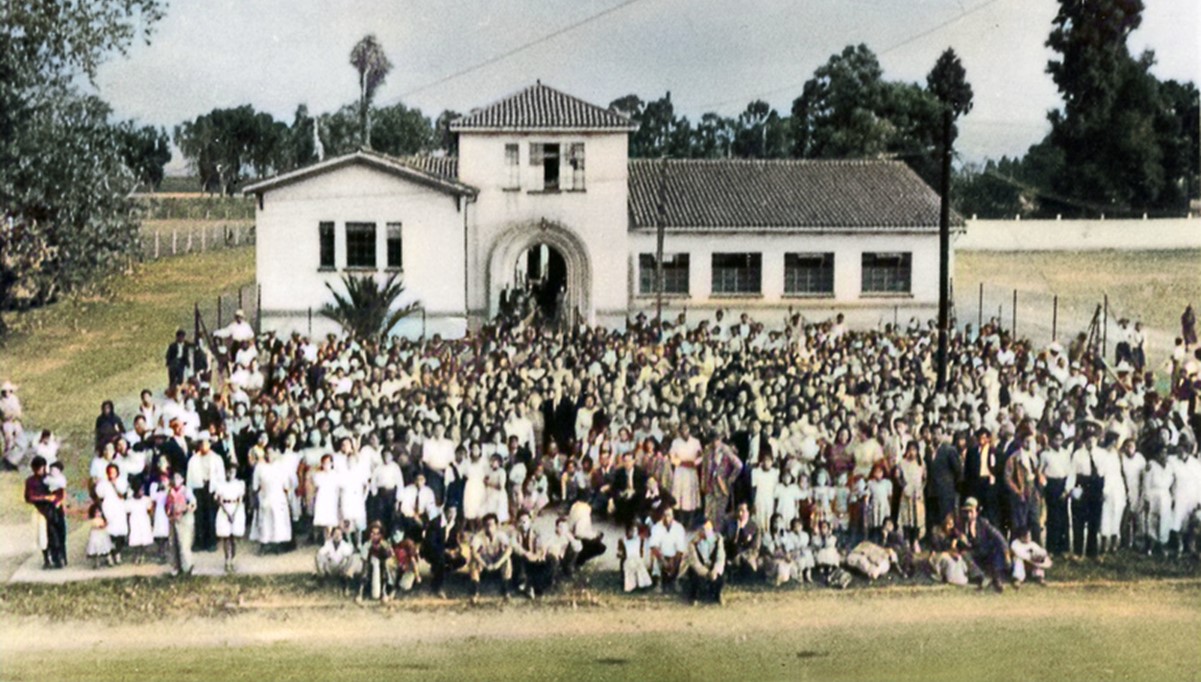
Mormonism in Mexico, Part 19: The Third Convention
Events conspired to create a schism in the Church in Mexico, but eventually the Third Convention group that had split reunited with the Church.
-
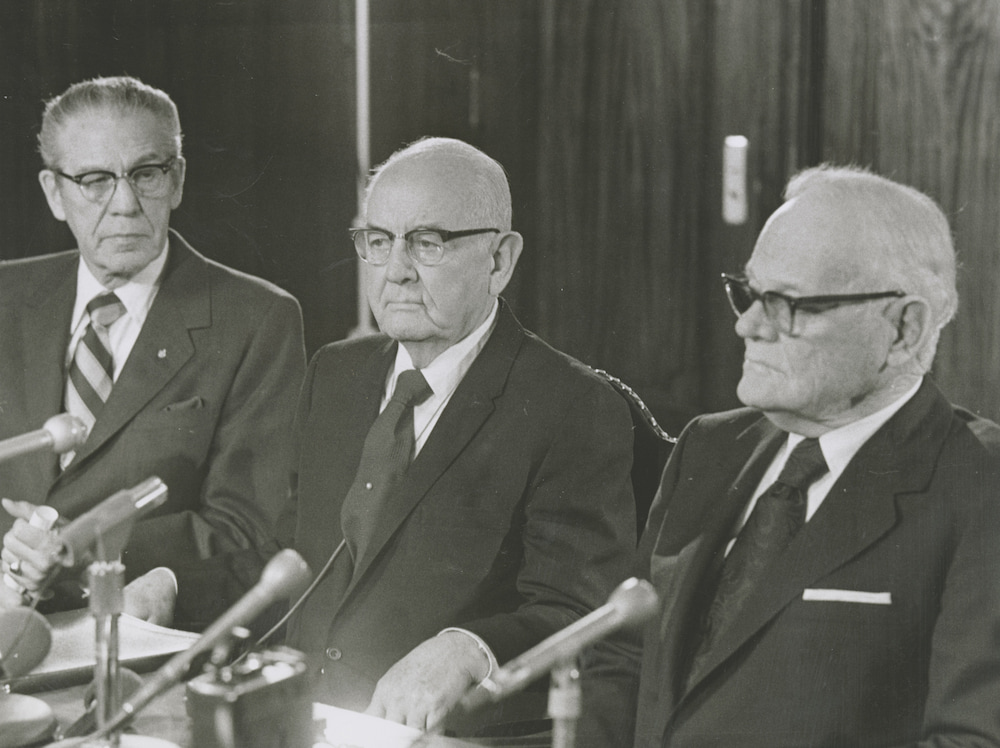
Meeting Church Leaders: Inspirational Excerpts from The Journal of President Spencer W. Kimball
Compiled by Dennis B. Horne Editorial note: the below excerpts from President Kimball’s journal were selected because I find them to be extra uplifting and edifying, or otherwise special in some way. I did not include a date with them because when I encountered and chose them I was interested in precious spiritual experience and…
